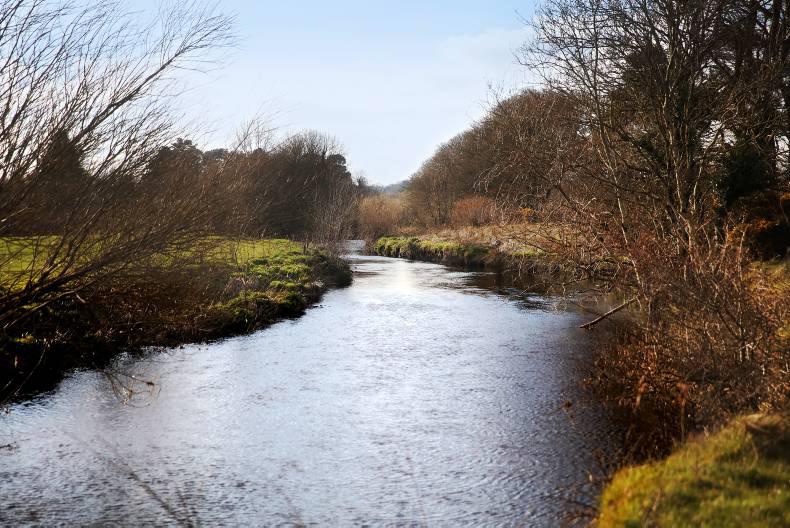There are a number of GLAS deadlines approaching this week. By 31 July, some farmers participating in GLAS must have the following actions completed on their farms:
Bat box
A minimum of three boxes or a maximum of 15 boxes is payable under GLAS. In all of these actions, farmers should check the number of boxes entered in the original GLAS plan.
Bird box
A minimum of one box or a maximum of 15 boxes is payable under GLAS.
Conservation of solitary bees (boxes)
A minimum of one box or a maximum of five boxes is payable.
Conservation of solitary bees (sand)
A minimum of one habitat or a maximum of two habitats is payable. Create a bee habitat by placing 1t of builder’s sand in a mound in the corner of a LPIS parcel or field and fence it from livestock. Bee habitats cannot be placed side by side and must be individually fenced from livestock.
Protection of water courses from bovines
Participants with an owned bovine enterprise must fence off all watercourses on GLAS contract lands a minimum of 1.5m from the top of the bank of the watercourse to exclude the bovines. The fencing must be stockproof, fit for purpose and be undertaken with permanent stakes and wire.
Riparian margin
Establish a 3m, 6m, 10m or 30m riparian margin by fencing it off.
Traditional dry stone wall building
Farmers who chose the traditional dry stone wall maintenance in GLAS should be continually checking stone walls for breaches.
According to the Department, farmers should be maintaining traditional freestanding dry stone walls by replacing stones that may have fallen off the top of the wall or repair walls if/where stones have fallen down. Walls that have fallen or partly collapsed must be rebuilt.






 This is a subscriber-only article
This is a subscriber-only article










SHARING OPTIONS: